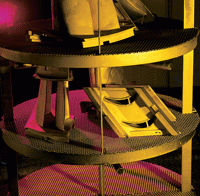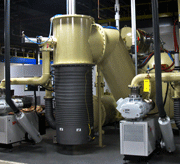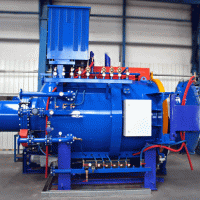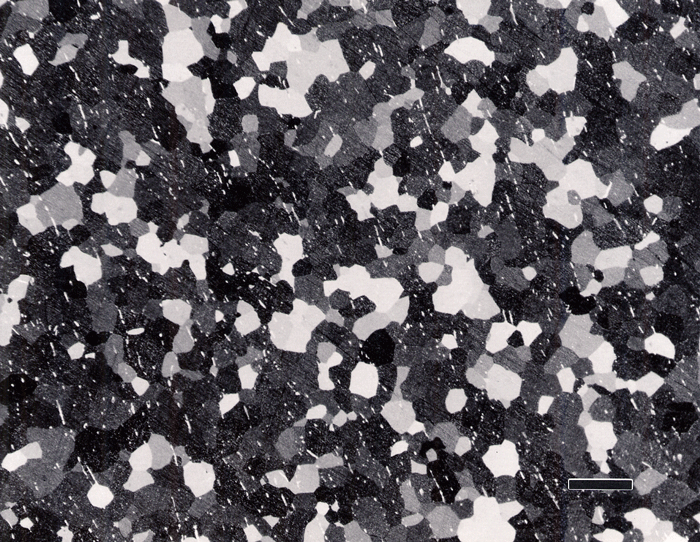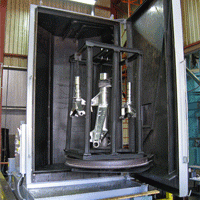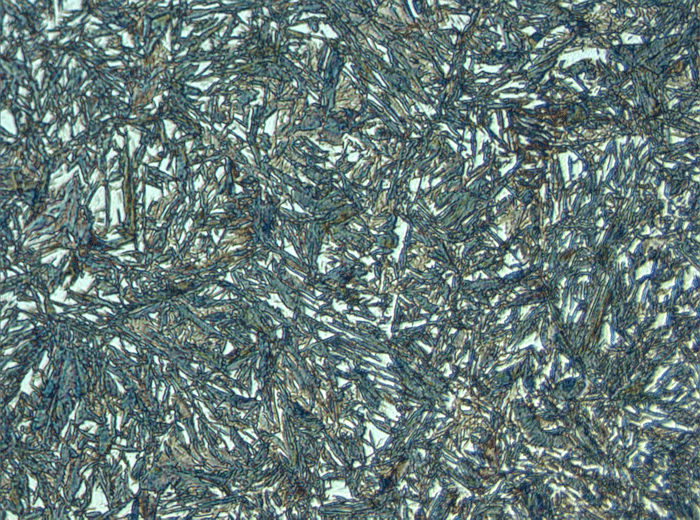Good fixturing and loading practices are essential elements in achieving proper heat treating results and long equipment life.
Fixture materials and design must be appropriate for the processing application. Maintenance of fixtures is equally important. The possibility of reactions between the workpieces and baskets or fixtures must also be considered. High temperature sintering of the workpieces to themselves or the fixtures can occur. Eutectic melting can also occur when certain chemical compositions come into contact at high temperature. Selection of a fixture material is influenced by cost, service environment and compatibility with the workpiece and furnace hearth. BY JEFF PRITCHARD

